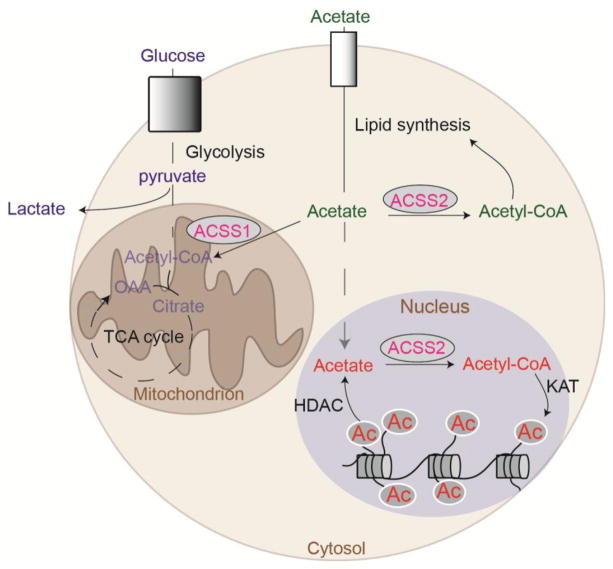Figure 5. Acetate is recycled within the nucleus for regulation of histone acetylation while exogenous acetate is taken up and used for lipid synthesis.
In hypoxia or in the absence of ACLY, ACSS2 is upregulated. Exogenous acetate becomes an important source of acetyl-CoA for fatty acid synthesis, and recent evidence indicates that it is inefficiently used for histone acetylation. Nuclear ACSS2 may instead primarily utilize acetate produced locally by HDAC reactions, allowing the recycling of acetate for the turnover of histone acetylation. Thus, acetyl-CoA may be produced very near to the site of its utilization [22,32].

